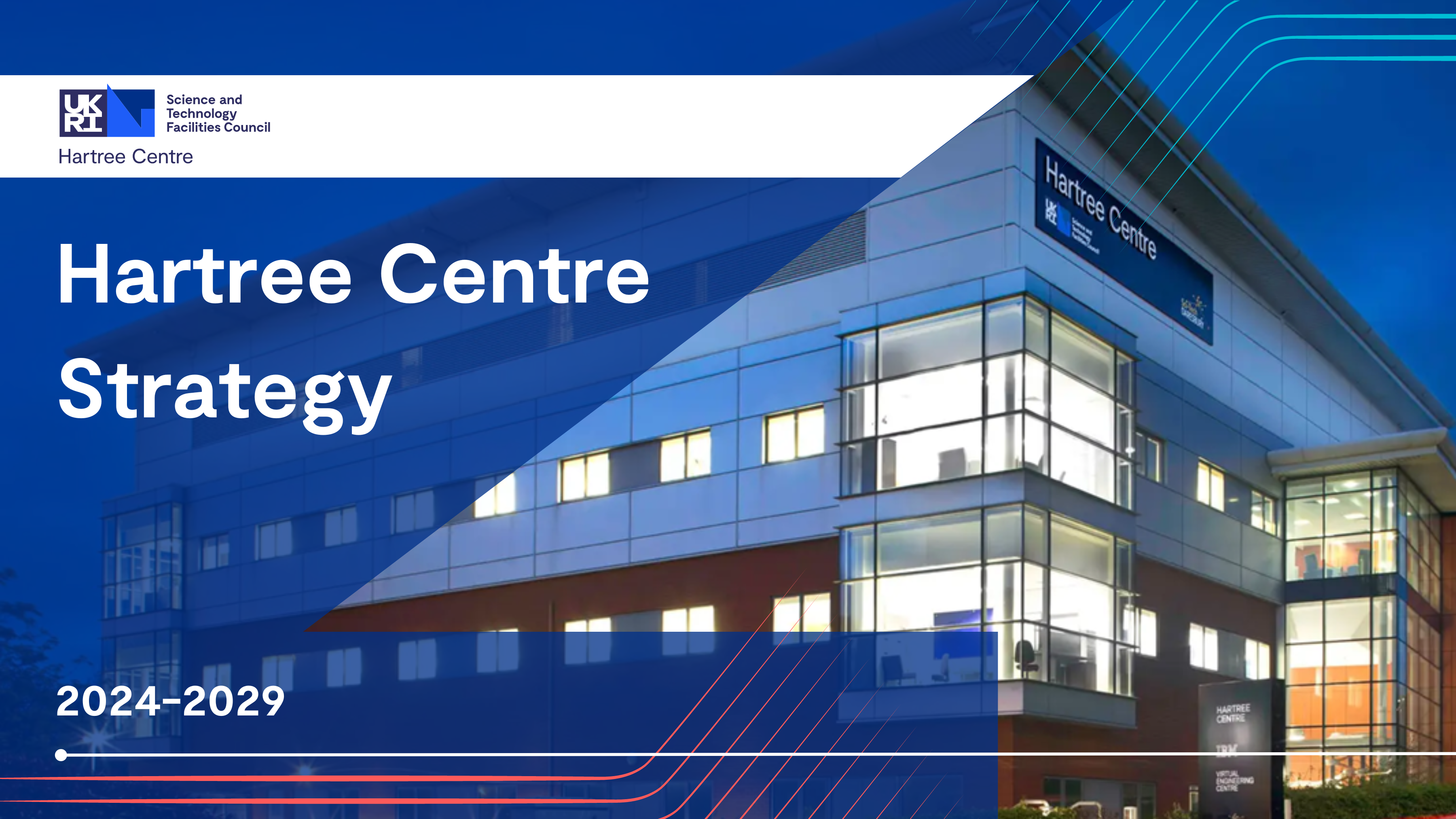
New Hartree Centre Strategy for 2024-2029
We've set out new a five-year plan, building on our achievements to continue delivering societal and economic impact for the UK.
Read More
UK plant breeders to benefit from online research tools
An exciting new project will put cutting-edge genomic research tools in the hands of plant breeders to accelerate the development of more resilient and climate-resistant crops.
Read More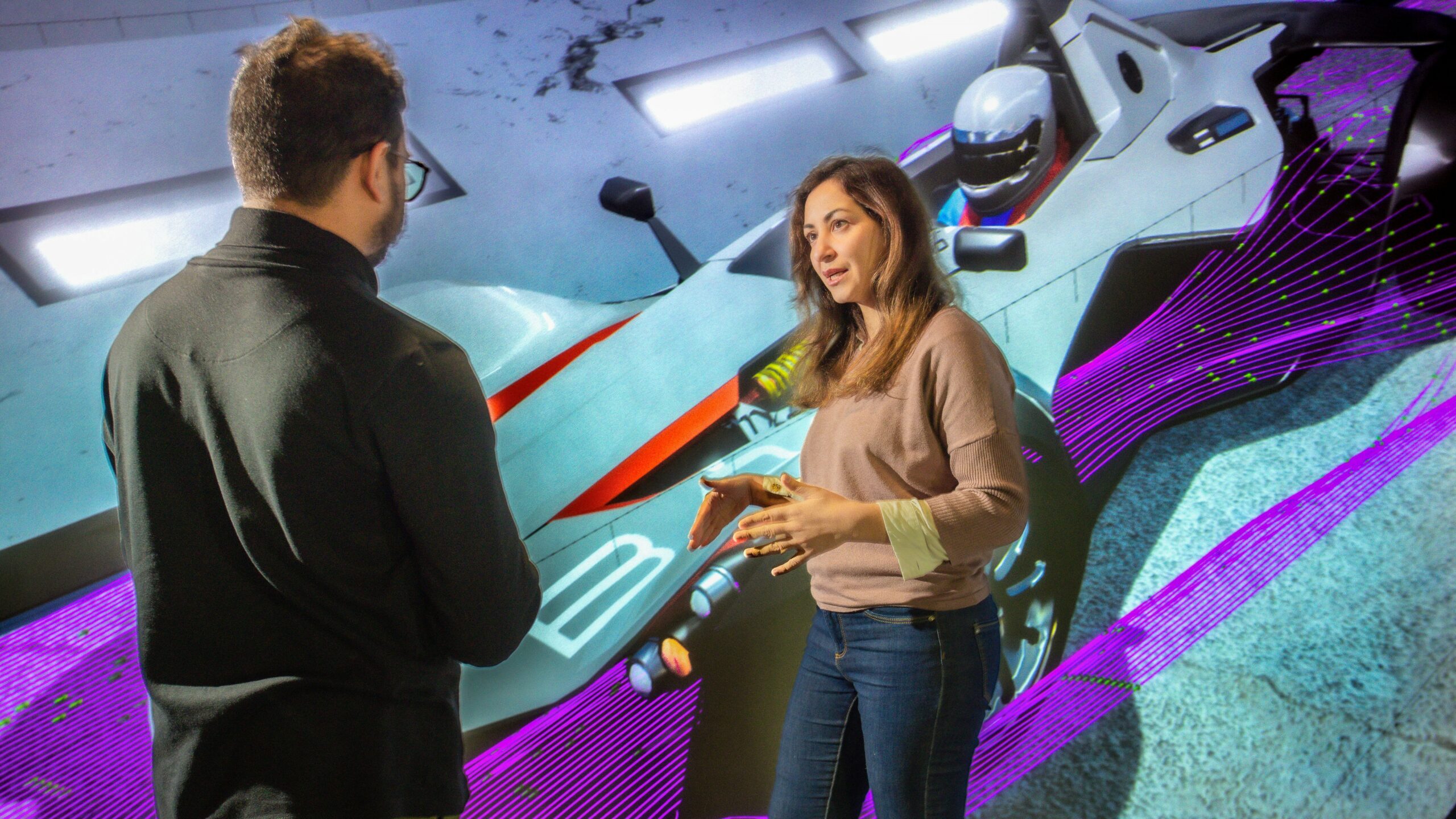
BridgeAI Opportunities
Find out what opportunites are available to your business through Innovate UK BridgeAI, including access to AI training, innovation projects, HPC vouchers and more!
Apply Now
Strategic partnership to supercharge AI in healthcare for optimum patient outcomes
STFC Hartree Centre and the Mersey Care NHS Foundation Trust will pioneer AI technologies for patient care.
Read More
Improving patient care and fall prevention with data science
Find out how we're working with safesteps™ to improve patient care and fall prevention using data science.
Read MoreRecent Highlights

Automotive Sector – Call for Proposals
We’re looking for projects that can improve speed, accuracy, and efficiency of development processes and solutions within logistics, engineering, manufacturing, and end-of-life.
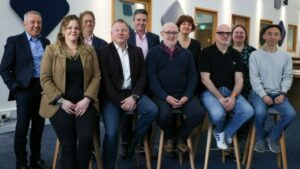
Digital and quantum start-ups join pioneering business support programmes
The Science and Technology Facilities Council (STFC) has announced the first innovative start-ups to join two new business support programmes aimed at helping digital and quantum technology start-ups succeed in global markets.

UK plant breeders to benefit from online research tools
An exciting new project will look to put cutting-edge research tools in the hands of plant breeders, providing access to genomic resources to accelerate the development of more resilient and climate-resistant crops.
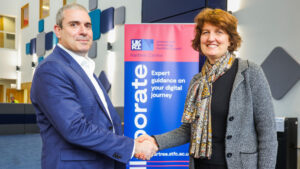
STFC Hartree Centre signs agreement with Lenovo for state-of-the-art supercomputer
The Science and Technology Facilities Council (STFC) has signed an agreement with Lenovo for the installation of a powerful new supercomputer for the STFC Hartree Centre.
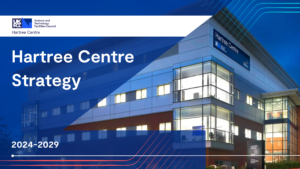
New Hartree Centre strategy — making the future of computing a reality for UK industry
This strategy sets out our five-year plan to build on our achievements and continue to deliver significant societal and economic impact for the UK.

Strategic partnership to supercharge AI in healthcare for optimum patient outcomes
STFC’s Hartree Centre and the Mersey Care NHS Foundation Trust to pioneer AI technologies for patient care.
Upcoming Events
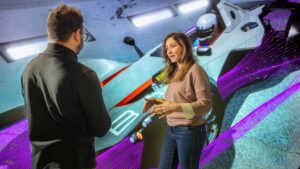
Digital Innovation for the Automotive Sector | Briefing Event
Join us to discover how you can access fully-funded support on your automotive digital transformation journey! The Hartree National Centre for Digital Innovation (HNCDI) and Advanced Propulsion Centre (APC) are proud to launch an Automotive Sector Call for collaborative digital…

Quantum and Hybrid Quantum-Classical Computing Approaches Workshop
An ISC 2024 workshop exploring the potential of quantum computing & hybrid quantum-classical computing approaches.
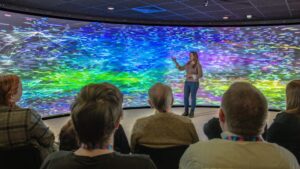
On the trail to Exascale and Scalable AI Workshop
Maximising the impact of the latest HPC developments in your organisation Join us to discover how you can future-proof your organisation and use large-scale simulations for digital transformation and innovation. As the HPC and AI vendors prepare their systems for…

Face to Face, Hybrid Algorithms, Parallel Libraries and GPU Programming School
Empower Your Programming Potential: Mastering Hybrid Algorithms, Libraries, and GPU Programming for Optimal Performance and Scalability.

Teaching Computational Science Workshop
This ICCS24 workshop will focus on innovations in teaching computational science in its various aspects like modelling and simulation, high-performance and large-data environments for all levels and in all contexts.
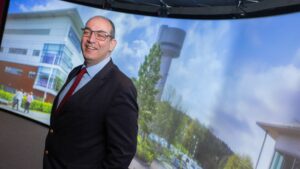
Solving Problems with Uncertainty
This ICCS24 workshop will focus on methods and algorithms for solving problems with uncertainties, stochastic methods and algorithms for solving problems with uncertainties.
Join Newsletter
Provide your details to receive regular updates from the STFC Hartree Centre.